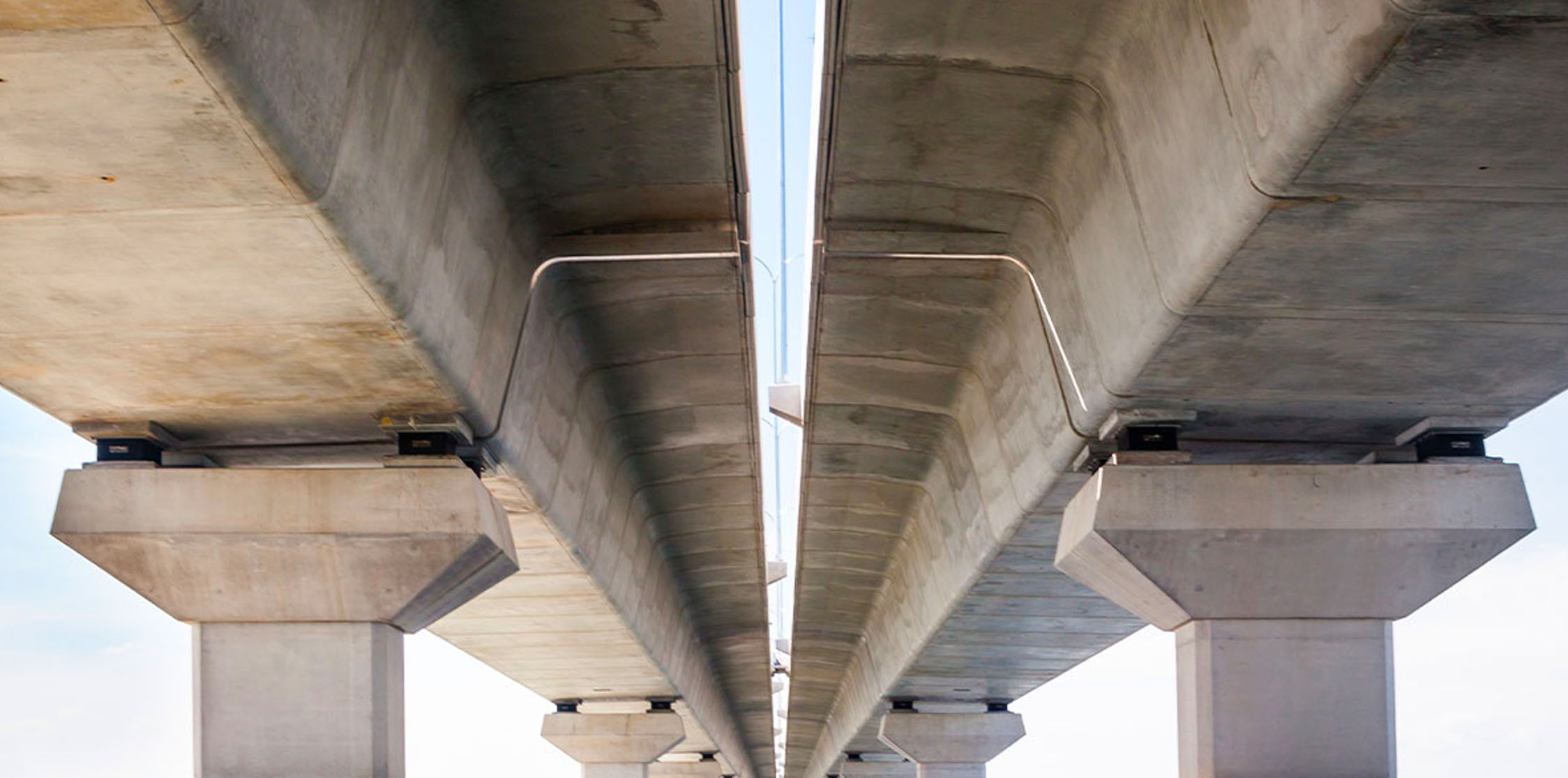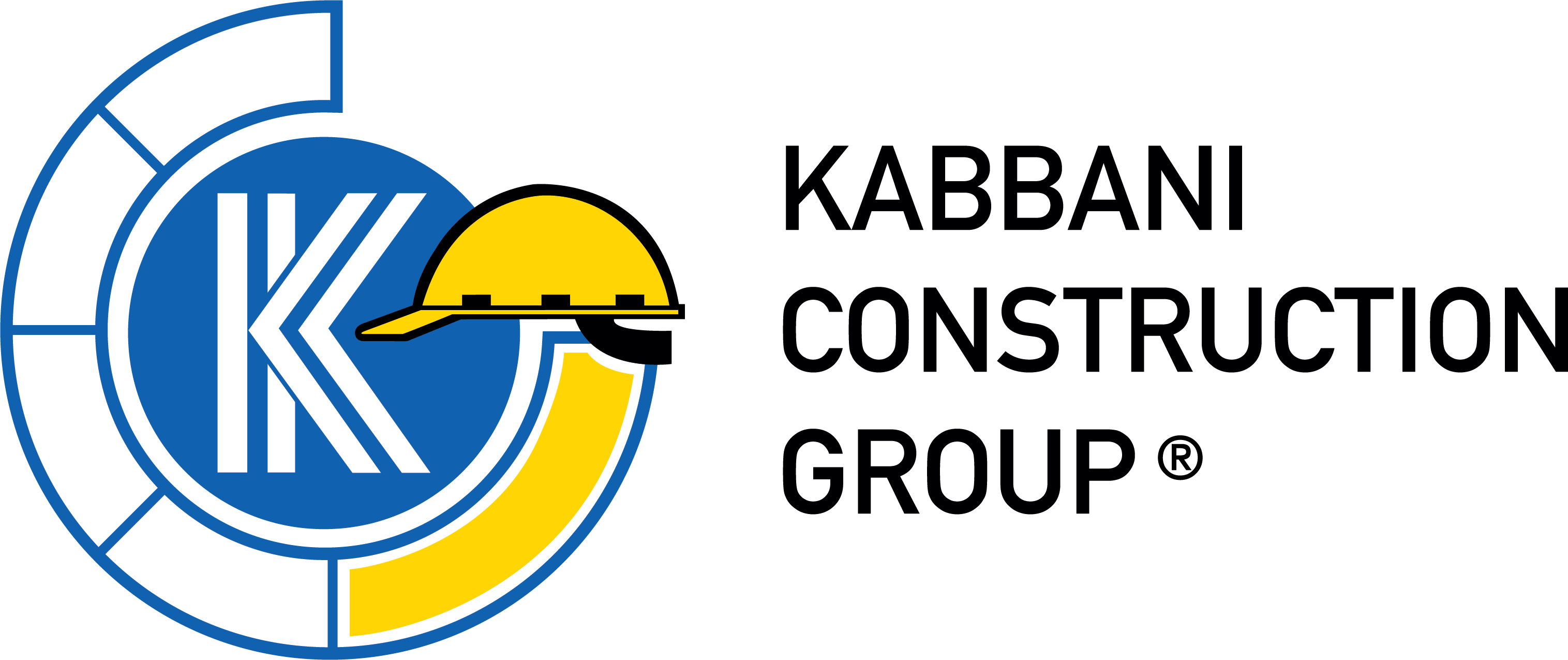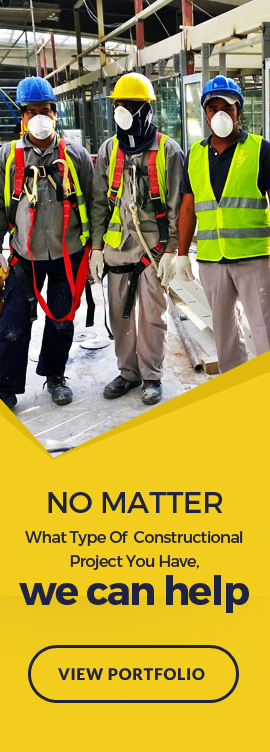Bridge Bearing
A bridge bearing is a component of a bridge which typically provides a resting surface between bridge piers and the bridge deck.
The purpose of a bearing is to allow controlled movement and thereby reduce the stresses involved. Possible causes of movement are thermal expansion and contraction, creep, shrinkage, or fatigue due to the properties of the material used for the bearing.
External sources of movement include the settlement of the ground below, thermal expansion, and seismic activity. Bridge bearings also make room for relative movements between superstructure and substructure, for instance, rotation movements and translational movements in the horizontal and transverse directions.

Bridge bearing has many functions, some of which are listed below.
- They transfer forces from bridge superstructure to substructure. Mainly two types of loads: Vertical Loads such as the structure’s weight and vehicle load, and Lateral Loads including earthquake and wind forces.
- They permit movements like translation and rotation in between girders and pier caps of bridges to accommodate movements such as thermal expansion.
- It simplifies the load transfer mechanism and hence, making analysis easier.

Types of Bridge Bearing
Sliding Bearings
Rocker and Pin Bearings
Roller Bearings
Looking For Specialized Contracting Services?
We offer various specialized engineering services through our 21 companies, ranging from waterproofing to fireproofing to concrete repair to steel fabrication.


